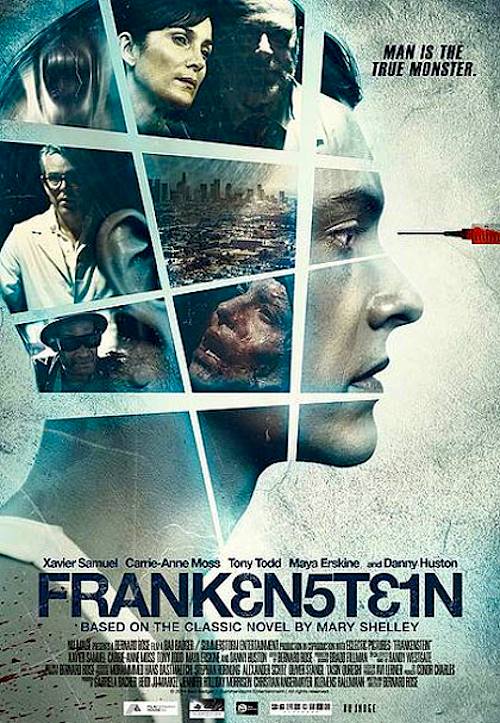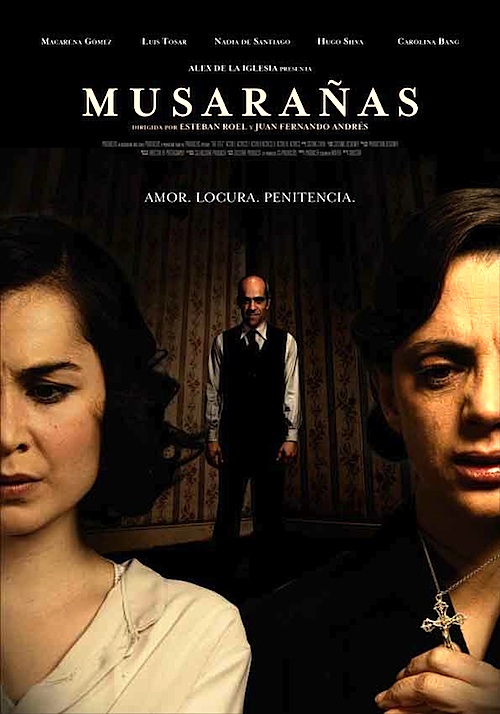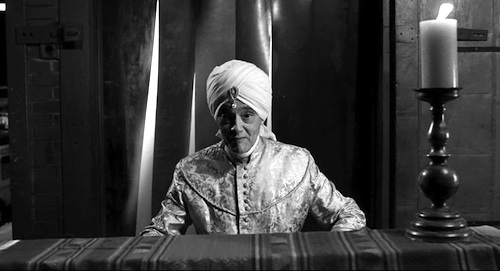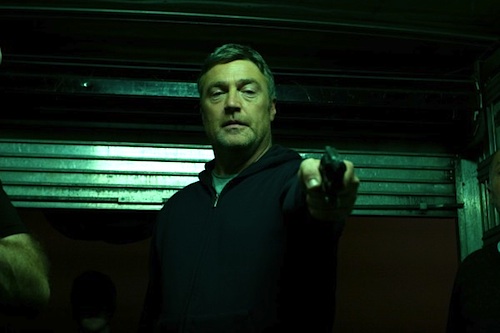By Joe Bendel. For a while, Ousmane Sembene was a Senegalese B. Traven. While working on the docks in Marseilles, the expat became of a self-taught novelist and radicalized Communist Party member. Although his early films reflect those prejudices, Sembene would become the leading critic of the Islamization of Africa. His cinematic legacy is particularly challenging to fully digest and analyze, so Samba Gadjigo & Jason Silverman mostly hit his career high notes in Sembene!, which opens this Friday in New York.
Having long-admired Sembene’s films and novels, Gadjigo eventually became his assistant, protégé, companion, and spiritual son. He assisted the auteur on his later pictures and now oversees efforts to restore and promote Sembene’s oeuvre. Much like Quincey Troupe’s work as Miles Davis’s biographer, Gadjigo’s story will become fundamentally intertwined with Sembene’s, at least while he is doing the telling. While that might not make for the most objective documentary filmmaking, it gives viewers an emotionally resonant relationship to grab hold of.
However, when it comes to surveying Sembene’s work, Sembene! (with the Broadway-style exclamation point) mostly relies on film clips and archival interview footage, proceeding forward in an orderly film-by-film manner. Still, what we see of Ceddo is undeniably intriguing. Chronicling a village’s forced conversion to Islam, it was duly banned by Socialist president Leopold Senghor’s government. Decades later, it is easy to see it as an eerie predecessor to Abderrahmane Sissako’s devastating Timbuktu. If all that is not interesting enough, it also has an original score performed by Manu Dibango.

Gadjigo & Silverman probably devote the most time to Sembene’s final film, Moolaadé, which makes sense considering Gadjigo helmed the “making of” documentary. It was also one of Sembene’s most controversial works, directly attacking the practice of female genital mutilation. The mere fact he was helming an eventual Cannes award-winner while losing his eye-sight is also rather dramatic.
Throughout the documentary, Gadjigo & Silverman emphasize Sembene’s stature as a pan-African icon, but hint at his increasing frustration with the corruption and brutality of the newly independent African states. Yet, they are obviously treading on eggshells whenever addressing this tension. As a result, Sembene! often feels too sanitized and not nearly messy enough. Still, there are not a lot of feature length profiles of Sembene out there. Gadjigo & Silverman give viewers a solid survey and leave them wanting to see more, which probably constitutes a mission accomplished, given their plans to restore and re-release Sembene’s work. Recommended for Sembene’s fans and film snobs looking for the Cliff Notes on the Senegalese filmmaker, Sembene! opens this Friday (11/6) in New York, at the Lincoln Plaza.
LFM GRADE: B-
Posted on November 3rd, 2015 at 6:45pm.




